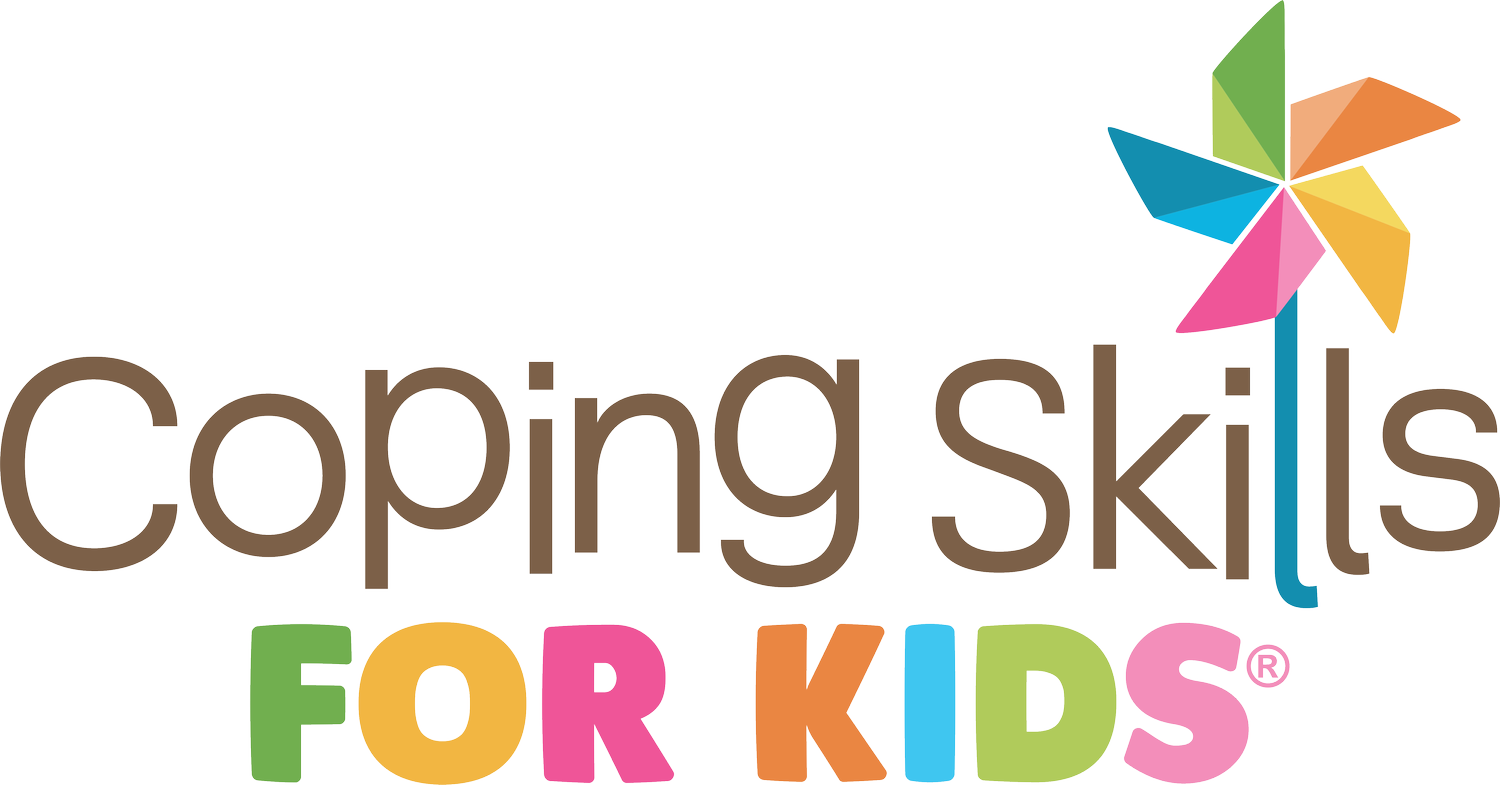this post contains affiliate links, read our disclosure policy
Have you ever been at a busy playground surrounded by children moving in all sorts of different directions? As a mom of two, I often find myself there. And every time, it always strikes me as beautiful chaos. The cacophony of voices and the constant movement. All you see is children running, almost in a blur.
Movement is wonderful. Movement can calm you, energize you or help you get rid of excess energy. When children are starting to get antsy or irritable, often a change of scenery and a little movement usually helps.
There are several ways that children can use movement to cope.
Taking a walk
Walking is the perfect way to take a quick break away from whatever is bothering you. Walking can also help you think more clearly. When I would talk with students about needing a break at school, I would tell them to take a walk around the school building. I’d instruct them to take the long way to the farthest away bathroom to make sure they got in a longer walk. This was meant to help them calm down and be better prepared to rejoin their class and focus on their work.
Trampoline
This coping skill is more likely to be used at home, but I’ve also used it during the school day. Bouncing on a trampoline can burn off excess energy. Once, during standardized testing, I had a little boy who finished all of his testing super early but he had to stay quiet while everyone else finished. We needed to find a way to help him burn off extra energy in a quiet way . So, we moved a small trampoline into my teeny tiny office and he bounced and bounced. It settled him, plus it didn’t disturb the other students.
See Saw
The up and down movement of a see-saw can be relaxing and calming. Some kids really love the feeling that they get in their bodies from the up and down movement. Have kids use their feet to push off firmly to get the most benefit.
Swings
Swinging on a swing is another helpful strategy. It’s versatile because it can be used as an alerting activity or a calming activity. Swinging quickly can give children more energy to wake up and be present. Swinging slowly and steadily can have a calming effect. Plus, it’s a fun rite of passage for children when they learn to pump and swing on a swing by themselves.
Spinning
Some children really find this calming and relaxing. But be careful. Don’t let them to spin too much because it can cause overload quickly. Try to have them only spin for a certain number of revolutions to prevent over stimulation.
Calisthenics
I love to use calisthenics as a way to transition from one activity to another, especially indoors in winter. If your child has been watching a movie, and you want them to transition to maybe playing with blocks instead, you can have them turn off the movie when it’s done, tell them to do 10 jumping jacks and 10 push ups, then bring out the blocks.
Yoga
A few simple yoga poses can also be used as a transitional activity. In addition, you can use yoga poses to calm students before they begin a test or calm your child before they start their homework. There are lots of great books designed specifically for children to incorporate yoga into their everyday lives.
If you have a child who is having a hard time regulating their energy level, whether they need a little wake up or calming down, have them move. See what happens. Through practice and opportunity, children will learn to self-regulate and find balance in their beautiful chaos.















